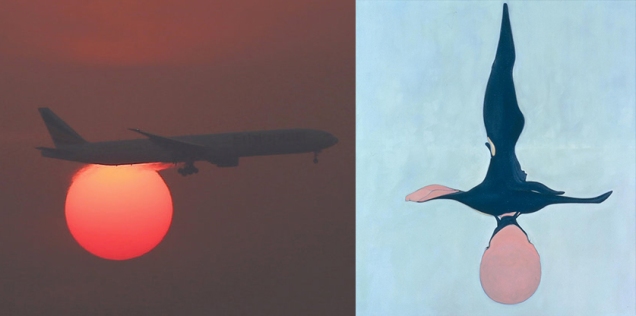It’s increasingly apparent that artificial intelligence’s inevitable ascension as the dominant species on our planet (and beyond) will not come as some have predicted in an instant, but a slow, invisible growth. The latest advancement in AI comes in the subdued revelation by Facebook that it now has an algorithm that can tell us all apart from the back of our heads. The announcement of DEEPFACE came and went mostly unnoticed.

The final algorithm was revealed and demonstrated by Facebook last week at the Boston CVPR 2015 conference. It’s been reported that Yann LeCun, head of Facebook’s artificial intelligence division says it worked with an 83% success rate after reviewing 60,000 public photographs of 2000 people from Flickr and running them through a sophisticated neural network. This figure rises significantly if a frontal face is recognised to 93.4%, making it possibly as accurate as a human brain.
The algorithm works quite simply by recognising silhouettes, clothes, hair colour and other distinguishable features that a person may be identified by and comparing them with other photographs. LeCun states that it easily recognises Mark Zuckerberg because he’s always wearing the same grey T shirt.
Thankfully, Yann LeCun recognises the romp to stardom AI is currently having and warns we must keep a watchful eye:
There is little doubt that future progress in computer vision will require breakthroughs in unsupervised learning, particularly for video understanding, But what principles should unsupervised learning be based on?

Last year we reported on how the ‘Wobble in a Handheld Video can be as Unique as a Fingerprint‘ and perhaps this will involve further implementations for Deepface.
I for one would prefer not to be recognised by my behind, however if this is the future our society holds it’ll spur me on to dress better and certainly lose a few pounds to confuse those pesky Facebook neural networks.
via New Scientist.



